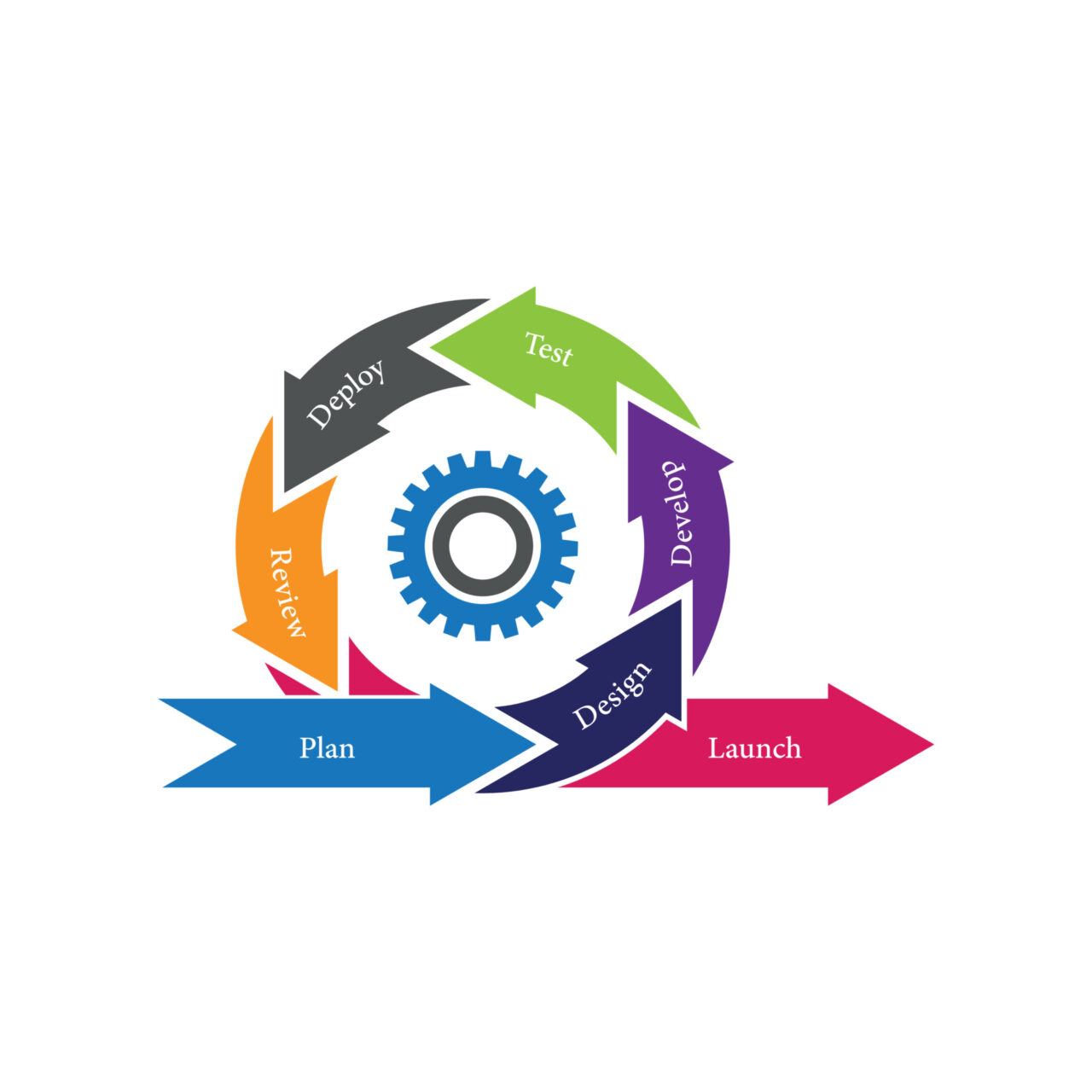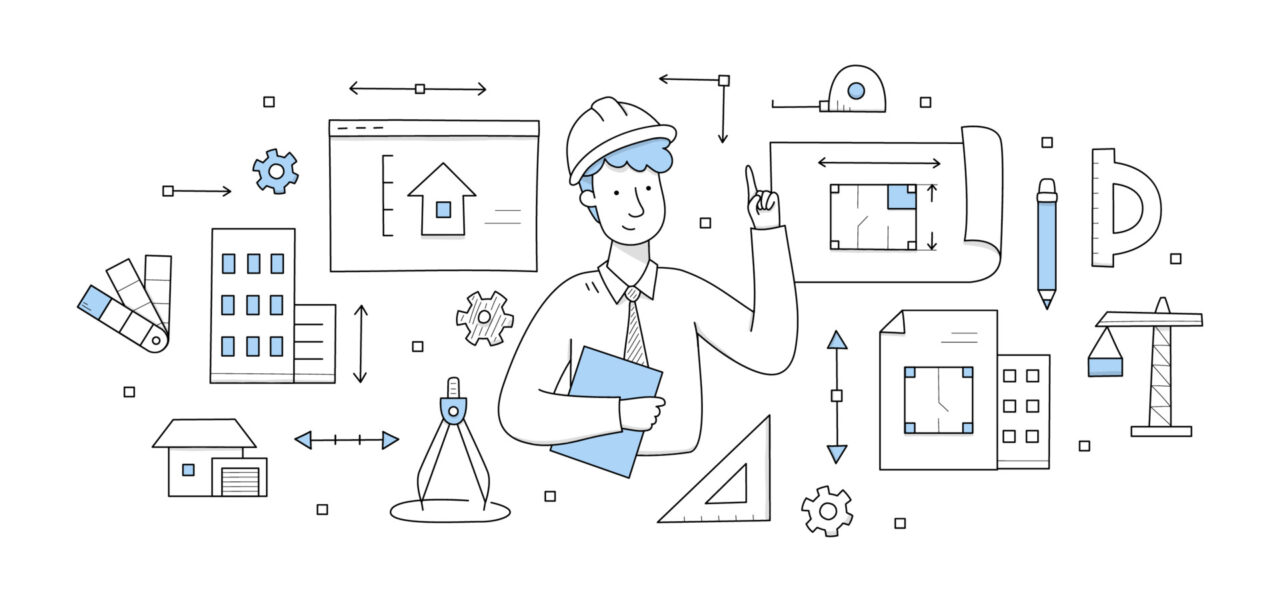Designing a GMP (Good Manufacturing Practice) facility requires adhering to stringent guidelines and regulations to ensure product quality, safety, and compliance with industry standards. Here are the key requirements for designing a GMP facility:
Location and Layout:
- Choose a location that is free from contamination sources.
- Design the layout to minimize cross-contamination and mix-ups.
- Ensure a logical flow of materials and personnel to prevent contamination.
Building and Facilities:
- Construct the building with materials that are easy to clean and maintain.
- Ensure walls, floors, and ceilings are smooth, impermeable, and resistant to chemicals.
- Provide adequate lighting, ventilation, and temperature control.
Cleanrooms and Controlled Environments:
- Design cleanrooms with specific air filtration systems (e.g., HEPA filters) to control particle contamination.
- Maintain controlled environments for critical processes with appropriate air pressure, humidity, and temperature controls.
Utilities and Services:
- Provide reliable and clean water, gas, steam, and electricity supply.
- Ensure that all utility systems (e.g., HVAC, plumbing) are regularly maintained and monitored.
Equipment and Instruments:
- Use equipment and instruments appropriate for their intended use and regularly calibrated and maintained.
- Ensure equipment is designed to be easily cleaned and sterilized.
Personnel and Hygiene:
- Design changing rooms and airlocks to control personnel access to production areas.
- Provide hand washing, gowning facilities, and personal protective equipment (PPE).
Materials and Storage:
- Design storage areas for raw materials, in-process materials, and finished products to prevent contamination and mix-ups.
- Ensure proper environmental conditions (e.g., temperature, humidity) for storage areas.
Process Flow and Segregation:
- Segregate areas for different stages of production (e.g., weighing, mixing, packaging) to prevent cross-contamination.
- Implement unidirectional flow for materials and personnel to minimize contamination risks.
Sanitation and Maintenance:
- Establish regular cleaning and maintenance schedules for all areas and equipment.
- Use approved cleaning agents and sanitizers that do not contaminate the products.
Documentation and Records:
- Maintain detailed documentation and records of facility design, construction, and maintenance.
- Ensure traceability of all materials and processes through accurate record-keeping.
Quality Control and Monitoring:
- Implement regular monitoring and testing of environmental conditions and product quality.
- Establish procedures for handling deviations, non-conformances, and corrective actions.
Compliance and Validation:
- Ensure compliance with relevant regulatory guidelines (e.g., FDA, EMA).
- Conduct regular audits and inspections to ensure ongoing compliance.
- Validate all processes, equipment, and systems to demonstrate they consistently produce quality products.
Designing a GMP facility requires careful planning and adherence to these requirements to ensure product safety and regulatory compliance.
About GxP Cellators
We are a contracting services organization specializing in providing support to life sciences clients in establishing GMP-compliant facilities. Our services include guiding clients from the initial project stage to the successful completion of their facilities. We excel in drafting project plans, creating site layouts, and facilitating introductions to cleanroom manufacturing collaboration companies. Additionally, we have expertise in conducting commissioning, qualifications, and validations for new facilities. We also specialize in designing protocols, cleanroom operational quality systems, operational standard operating procedures (SOPs), and essential documentation for the routine operations of our clients’ cleanrooms. Our GMP facilities advisors have a proven track record of delivering multiple cleanroom facilities for life sciences clients, demonstrating proficiency in both greenfield and brownfield projects. We are available to independently lead our clients’ projects or collaborate with their teams to design the necessary quality systems and finalize GMP readiness programs. For further details, feel free to contact us at info@gxpcellators.com.










